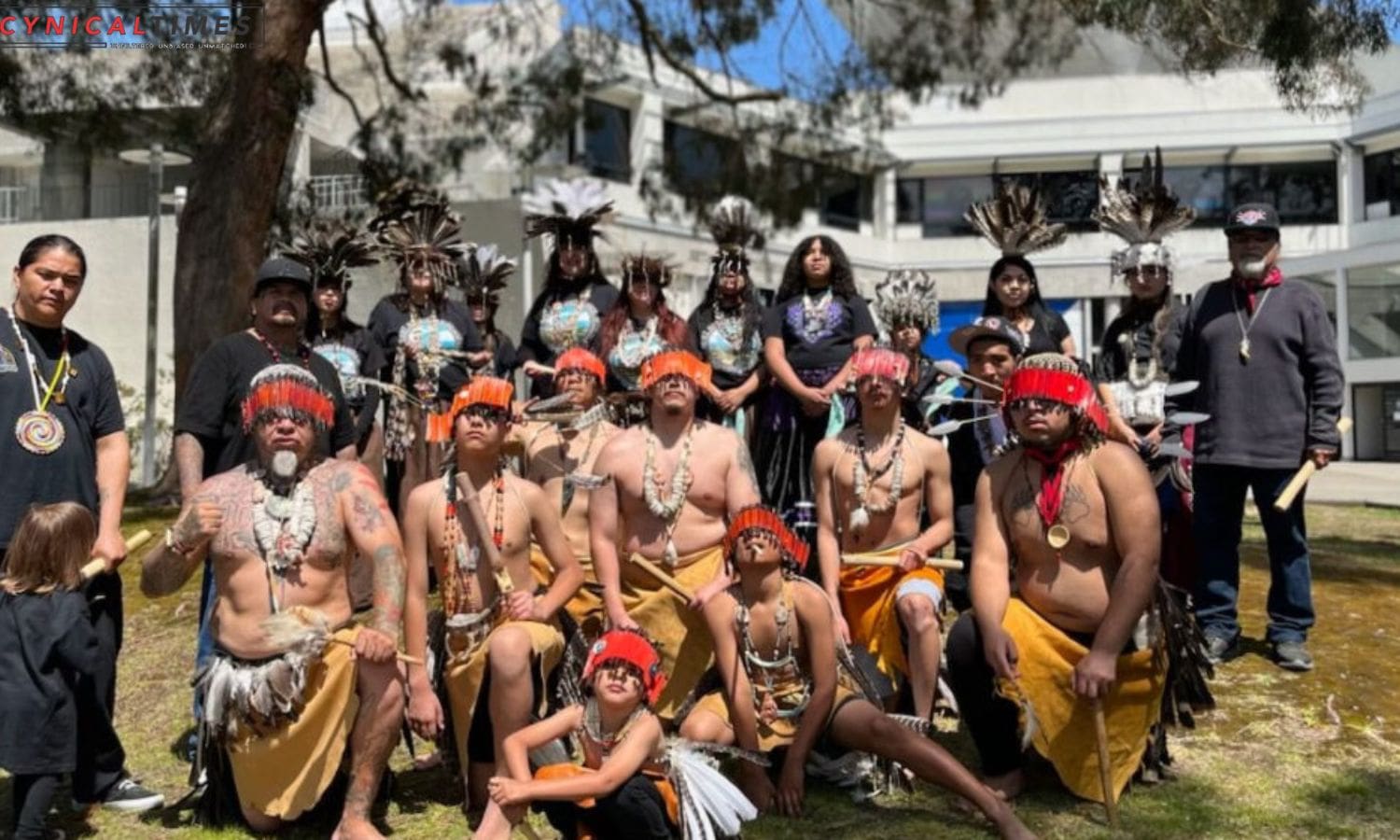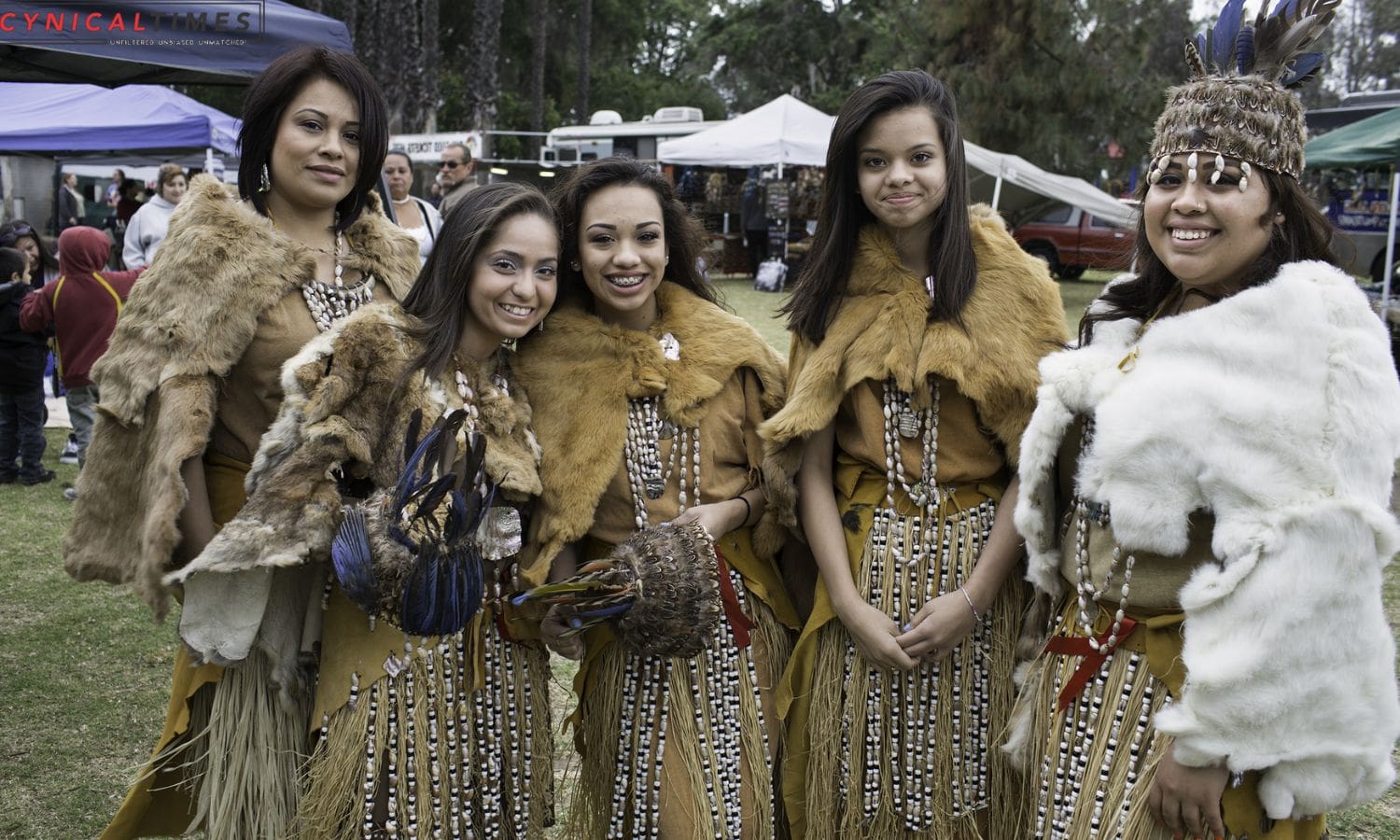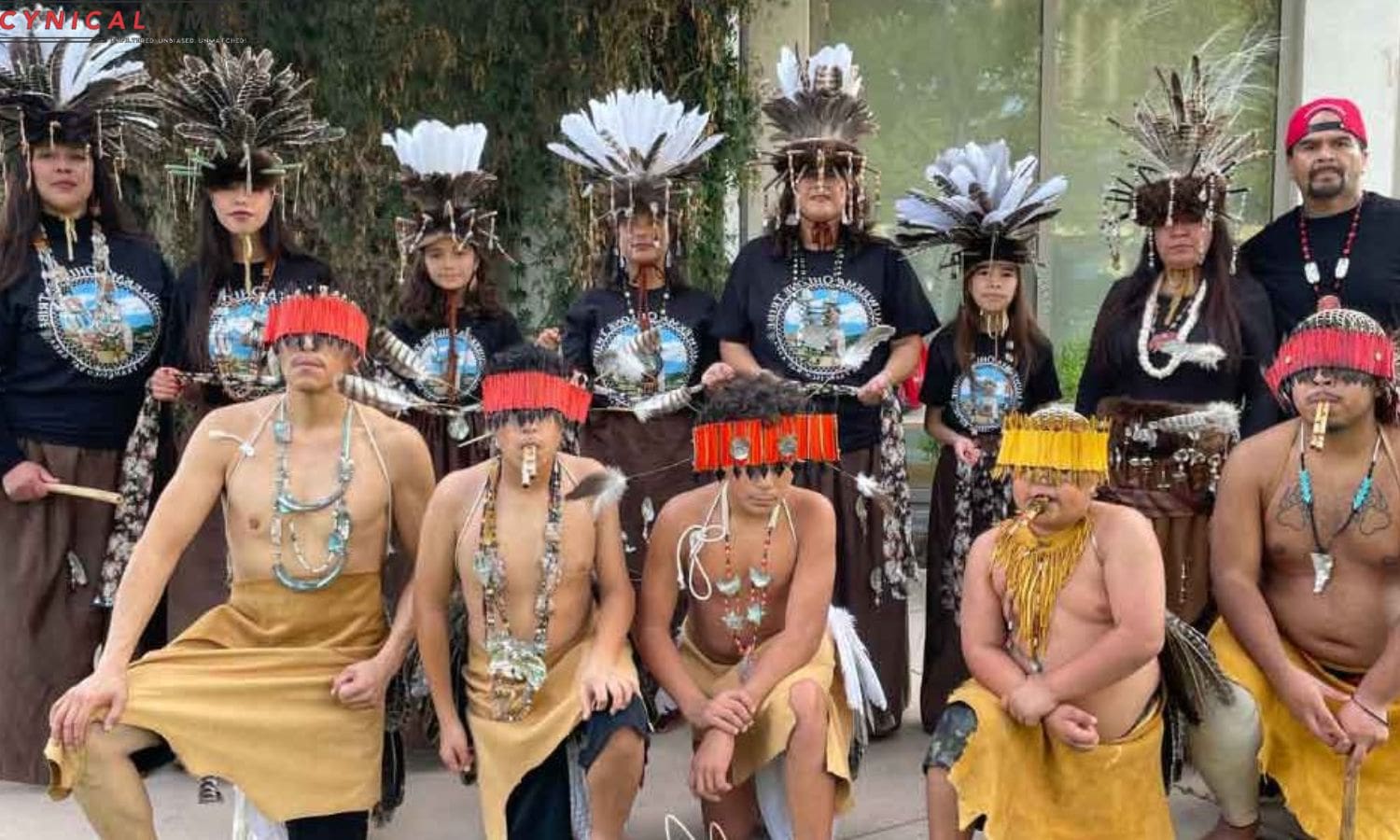Un Thanksgiving Muwekma Ohlone: For many Americans, Thanksgiving is a holiday for gathering around the table with loved ones for a delicious meal, oftentimes with a parade or football on the television. But for the countrys Native American population, it is often a reminder of a dark historyland theft, ethnic clea countrys Native American population nsing and a continued denial of their existence to this day.
The pain for Indigenous tribes in Santa Clara County is generational, dating back hundreds of years. The countys Muwekma Ohlone people, once a population of 30,000, now number at about 600. The 64 million acres they once inhabited locally was violently ripped from themthey received less than $1,000 from the government to make up for it, despite promises to give land back. They are ancestral to San Francisco, San Mateo, most of Santa Clara, Alameda, Contra Costa and portions of Napa, Santa Cruz, Solano and San Joaquin counties.
Despite evidence of the tribal community dating back thousands of years, the Muwekma Ohlone are still fighting to be federally recognized, with no definitive timeline of when that fight will be over.


For indigenous people in the Bay Area, its often called un-Thanksgiving or a day of mourning, Charlene Nijmeh, chairwoman of the Muwekma Ohlone Tribe, told San José Spotlight. For us, its about reclaiming our story and telling our children that we survived a genocide and oppression together, but also reminding ourselves how we survived.
She said many of remaining the Muwekma Ohlone families still gather on the third Thursday of November to celebrate the tenacity and strength of their ancestorsand to keep that spirit alive.
Monica Arellano, vice chairwoman of the tribe, is one of those families. She said growing up, her family has always observed Thanksgiving because her father liked to cook a beautiful turkey and have a meal together. She believes it shouldnt be just a holiday of gratitude, but also a remembrance of the true history. She said with the day commemorating English colonists arriving to the land, the effects of that arrival should be noted.
Thanksgiving, national day of mourning, it means something to us. Its about paying respect to what happened and not forgetting, Arellano told San José Spotlight. Its not always the happy memories when we think about the national history and what was done to our ancestors.
For the past century, the Muwekma people have been locked in an arduous legal process for federal recognition, with their attempts often falling on deaf ears. The San Jose City Council committed to taking steps to help the local indigenous community in September, but the effect has yet to be seen. The true power lies in the hands of Congress.
Federal recognition allows tribes to reestablish their own governments and receive benefits, services and protections through relationships with the United States.
It means governing ourselves on our own lands, Nijmeh said. Thats the main thing(having) a village to call our own to be protected from gentrification.


Also Read: San Jose Real Estate Rhapsody: Mid-Century Charms and Modern Comforts
It also allows for the repatriation of ancestral remains. Nijmeh said the tribe met recently with UC Berkeley about repatriating ancestors laying in the universitys basement.
We cant properly bury them and put them to rest, again, because we arent federally recognized, she said.
The lack of recognition prevents the Muwekma Ohlone from getting benefits other tribes receive. Nijmeh said when the University of California system started offering free tuition for Indigenous students in 2022, the Muwekma Ohlone people couldnt qualify.San Jose State Anthropology Professor Alan Leventhal, who focused his research on and worked closely with the tribe, said the lack of federal recognition is not for a lack of evidence. The Muwekma Ohlone people are armed with DNA proof, decades worth of official government documents proving their existence and legal support to back it up, he said.
The Muwekma Ohlone were subject to brutal colonization largely by the Spanish between 1776 and 1836. But the greater atrocities happened during the gold rush era, when Californias first governor called for the extermination of the areas Indigenous peoples, Leventhal said.
The Muwekma Ohlone population shrunk to as little as 62 people scattered across two different ranches on and around what is now the Castlewood Country Club in Pleasanton, Nijmeh said.
It was still enough for the tribe to first be recognized by the federal government in 1905. But the government removed them from the federal registrar in 1927 when it was decided their numbers were too few. Instead of helping the Muwekma Ohlone buy back their land that was supposed to be given in through 18 different treaties in the 1850s, it was bought out for a mere $688.51 to be split between the 62 people, Leventhal said.


The Muwekma Ohlone continued to face setbacks from 1928 through 1971 while attempting to reclaim recognition. After years of effort, they were rejected again in 2002. Last year, state Sen. Dave Cortese introduced a resolution to get the states support for federal recognition of the Muwekma Ohlonebut the initiative failed in committee.
Still, tribal leaders are persisting. Nijmeh is running for Congress against Rep. Zoe Logren to represent her people. She said the tribe is planning to ride on horseback from San Jose to Washington, D.C. this summer to advocate for federal recognition.
The main message is that were still here. We are not in the past, and were very much involved in our culture, Arellano told San José Spotlight. We revived our dances a couple of years ago. Were able to speak our language and sing our songs and our chochenyo language you cannot deny our existence.
Our Reader’s Queries
Are muwekma and Ohlone the same?
The terms “Ohlone” and “Costanoan” are commonly used to refer to the indigenous tribes that inhabited the region between San Francisco and Monterey. The Muwekma Ohlone, on the other hand, is the name adopted by the Native American descendants who currently reside in the San Francisco Bay Area. This self-coined tribal name distinguishes them from other groups and reflects their unique cultural identity.
What happened to the Muwekma Ohlone?
For centuries, the Muwekma Ohlone tribe has called the Bay Area their home. However, their history is marred by the atrocities committed by Spanish conquerors and American bounty hunters. The tribe was forced to hide on Spanish rancherias, stripped of their land and freedom. Their population dwindled to the point where scholars in the 1920s believed they were extinct. Despite these challenges, the Muwekma Ohlone have persevered and continue to fight for their rights and recognition as a thriving Native American community.
Why is the Ohlone tribe not federally recognized?
The Muwekma Ohlone tribe faced a double blow due to federal negligence and anthropologist A.L. Kroeber’s 1925 assessment that they were practically extinct. This led to the federal government taking away their land and denying them federal recognition. Les W. highlights this injustice.
What do Native Americans call Thanksgiving?
For Native Americans, Thanksgiving is a day of mourning and protest. This is because it marks the arrival of settlers in North America and the subsequent centuries of oppression and genocide that followed. It’s crucial to understand this perspective and acknowledge the pain and suffering that Native Americans have endured.

